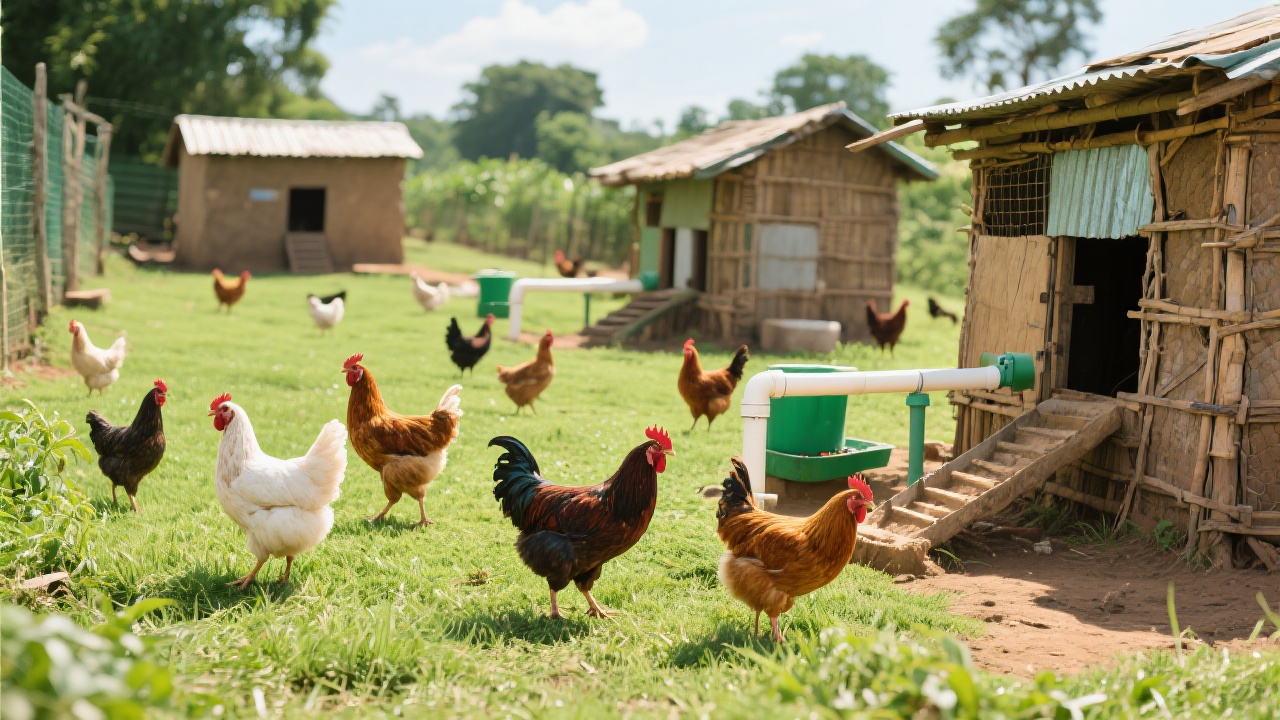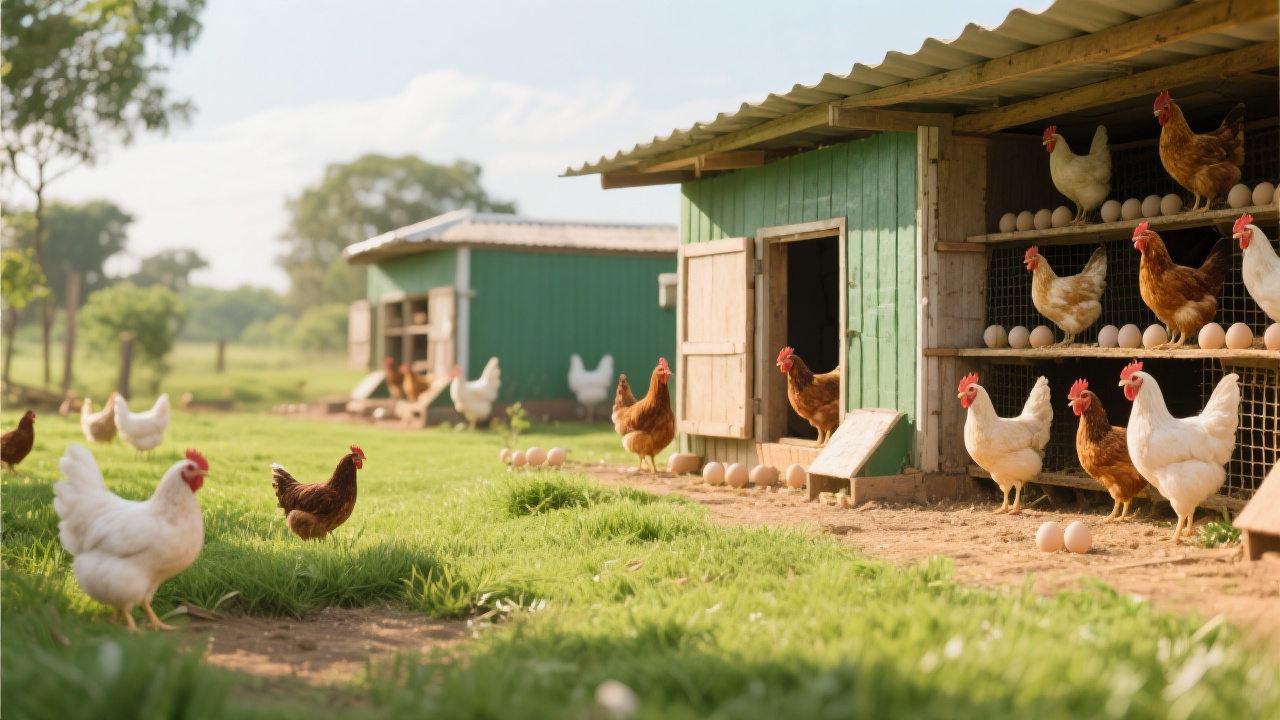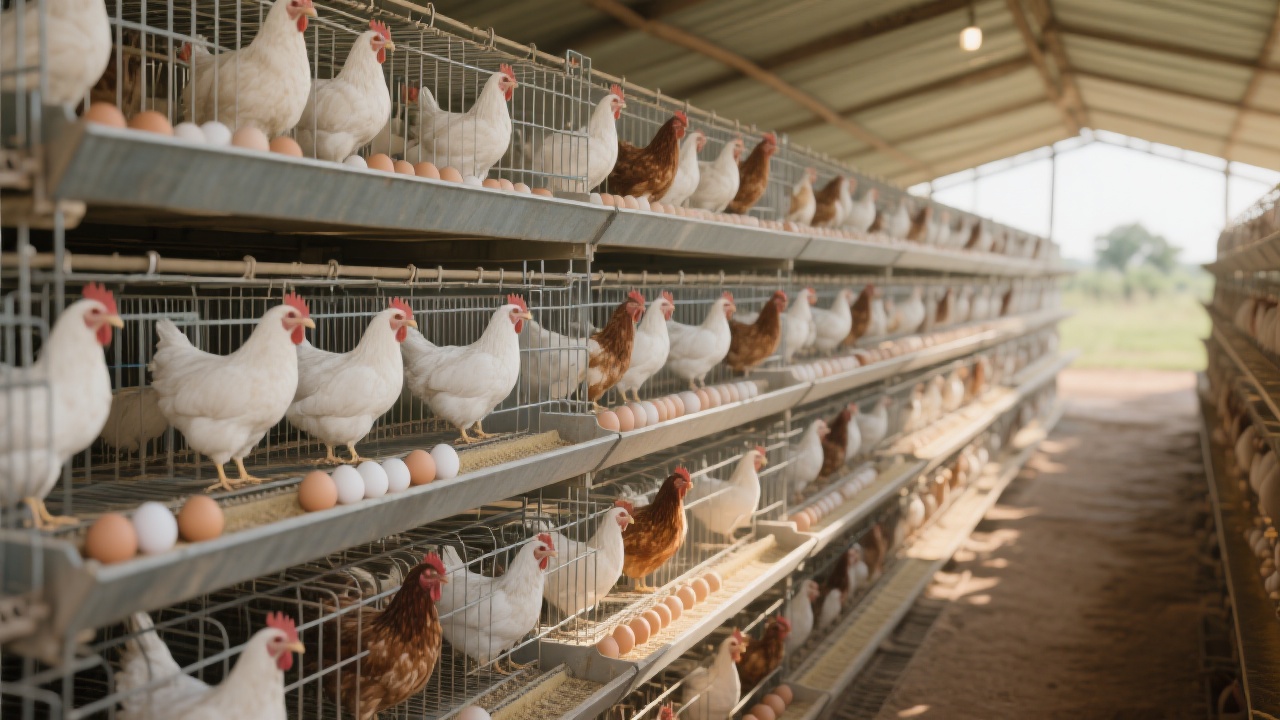
In the global poultry industry, maximizing space efficiency without compromising bird welfare is a top priority. That’s where H-type layer cages come in — not just a design trend, but a proven solution that boosts stocking density by up to 30% while maintaining optimal air quality and light distribution.
H-frame cages use a dual-layer vertical layout, allowing producers to stack tiers efficiently. Unlike traditional single-tier systems that occupy large floor areas, this structure reduces ground footprint by 40–50%—ideal for facilities with limited land availability or rising real estate costs.

The key isn’t just stacking—it’s smart spacing. In H-frame designs, the vertical distance between layers typically ranges from 45–55 cm, which strikes a balance between:
“In our trials with over 100 farms worldwide, H-frame cages consistently outperformed conventional setups in both productivity and biosecurity. The secret? It's not about cramming more birds—it's about smarter engineering.”
— Dr. Lena Müller, Poultry Systems Engineer, FAO Collaborative Network

| Farm Size | Before H-Frame | After H-Frame | Change |
|---|---|---|---|
| 5,000 hens | ~75% utilization | ~95% utilization | +20% capacity |
| 30,000 hens | ~65% utilization | ~90% utilization | +30% capacity |
Moreover, labor costs dropped by an average of 15–25% due to easier access, reduced manual handling, and automated feeding integration—a critical factor in regions facing labor shortages.

From small family-run operations to industrial-scale producers in Brazil, India, and Germany, H-frame cages are proving their value—not just as space-saving tools, but as strategic assets for sustainable, scalable egg production.
省地不减效 — Let every square meter count.
If you’re ready to unlock higher yields without sacrificing animal welfare or operational safety, it’s time to explore how H-frame cages can transform your farm’s efficiency.
Download Free Case Study: How 30% More Hens Fit Into the Same Space
